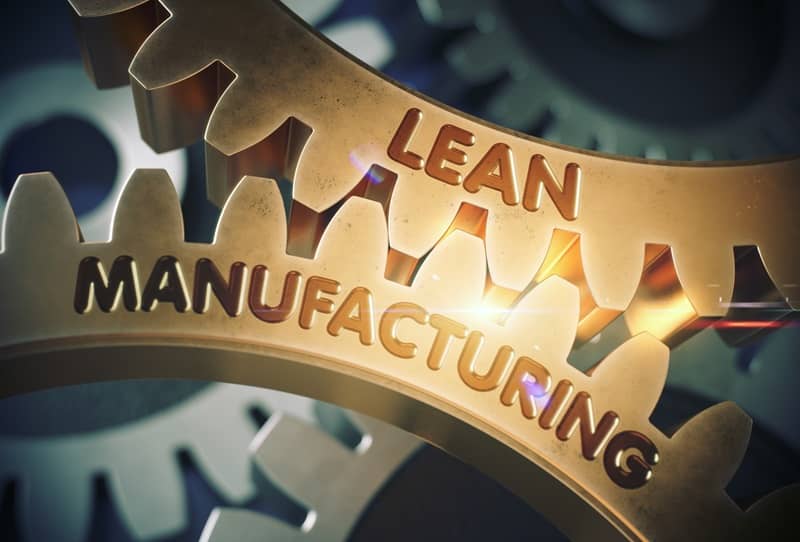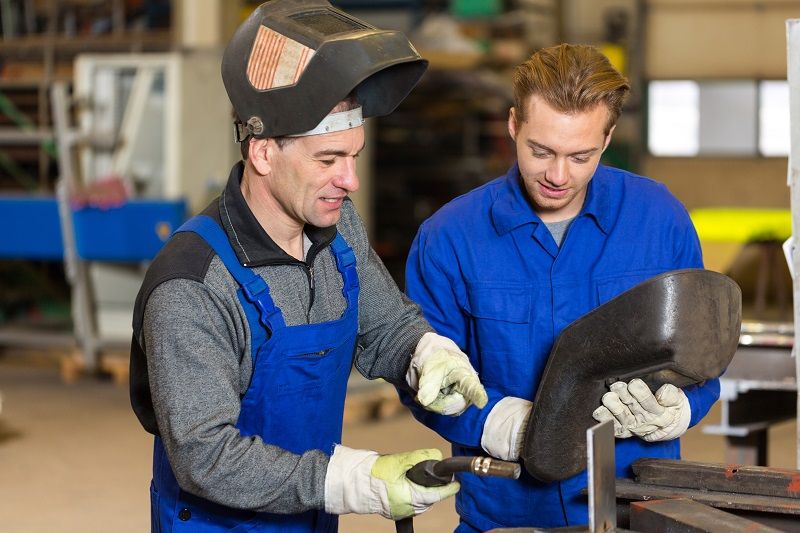Lean manufacturing is a powerful strategy aimed at reducing waste and optimizing output. Although this concept has been around for nearly 100 years, it remains a well-hidden secret among highly successful companies. Project managers can benefit greatly from understanding and adopting lean manufacturing principles in their daily processes.
What is lean manufacturing?
Lean manufacturing is a production process focused on optimizing productivity, lowering costs, and improving customer satisfaction. It’s closely tied to just-in-time manufacturing in the sense that companies try to only use what’s needed, when it’s needed, and in the amount it’s needed.
Although this system was initially developed during Japan’s car manufacturing boom, it was conceptualized by American researchers Daniel Jones and James Womack. They defined lean manufacturing as “a way to do more and more with less and less—less human effort, less equipment, less time, and less space—while coming closer and closer to providing customers exactly what they want.”
Within this framework, project managers are encouraged to identify various “wastes” that unnecessarily weigh on their production without offering essential value. Generally, anything that fails to add value to the customer is a waste.
The 5 Principals of Lean Manufacturing
Over time, the key elements of lean manufacturing have been formalized into 5 principles:
Specify Value
Lean manufacturing usually kicks off with defining the value your company offers. This should be done by determining what your target customer wants, needs, and desires. Starting here ensures your processes and workflow are built around what satisfies your customers.
Identify the Value Stream
The next step is figuring out how to deliver that value to the consumer. Project managers need to design a process to ensure every product or service consistently has what customers are looking for.
Make Value Flow
Once a value is defined and the stream is established, it’s time to make it flow. This involves removing any barriers that might impede or slow down the value delivery at any step along the process.
Let Customers Pull Value
Another core component of lean manufacturing is following a pull system where new work only begins when there’s demand. This keeps costs down, eliminates waste, and keeps teams primed for action.
Further Reading: How to Successfully Manage Material Shortages
Pursue Perfection
Kaizen is a Japanese word referring to consistent and gradual improvement. This concept has been adopted as a central aim of lean manufacturing where companies are guided to constantly analyze, refine, and optimize their processes.
Brief History of Lean Manufacturing
1950s – Japanese car manufacturer Toyota developed the core of lean manufacturing within its Toyota Production System
1980s – Western car companies take notice of Toyota’s efficiency and begin adopting lean principles
1990s – Womack and Jones formalize the concept in the book “The Machine That Changed the World”
2000s – Lean manufacturing as a process gets implemented in various industries
The Benefits of Lean Manufacturing
Lean manufacturing has numerous advantages including:
- Lower operational costs
- Streamlined production and output
- Increased inventory space
- Enhanced product and service quality
- Improved customer satisfaction
- Reduction of wasteful spending and materials
- Optimized flexibility and adaptability
- Higher employee satisfaction and confidence
- Better supplier relationships
- Optimized profitability
The 7 Wastes of Lean Manufacturing
As mentioned before, “waste” is anything that fails to add value for customers. The paradigm of lean manufacturing highlights 7 main types of waste:
- Waste of Goods – Offerings that fail to meet customer expectations or needs.
- Waste of Time – Idle time or waiting caused by unnecessary tasks, steps, or obstacles.
- Waste of Processing – Additional steps or components preventing customers from purchasing or using a product or service.
- Waste of Inventory – Too many products that end up sitting around, taking up space, and losing value.
- Waste of Skills – Untapped potential by underutilizing the relevant abilities of employees.
- Waste of Movement – The unnecessary or unproductive movement of equipment or people.
- Waste of Transportation – Overspending on inessential transportation to move machinery, employees, or inventory.
One of the biggest obstacles to lean manufacturing is clunky, resource-draining, and outdated hiring practices. That’s where Madden Industrial Craftsmen can help! As a leading staffing provider, we help industrial and manufacturing employers find talented craftsmen quickly and efficiently. Take a few minutes to fill out a job order to get matched with dozens of best-fit candidates.




